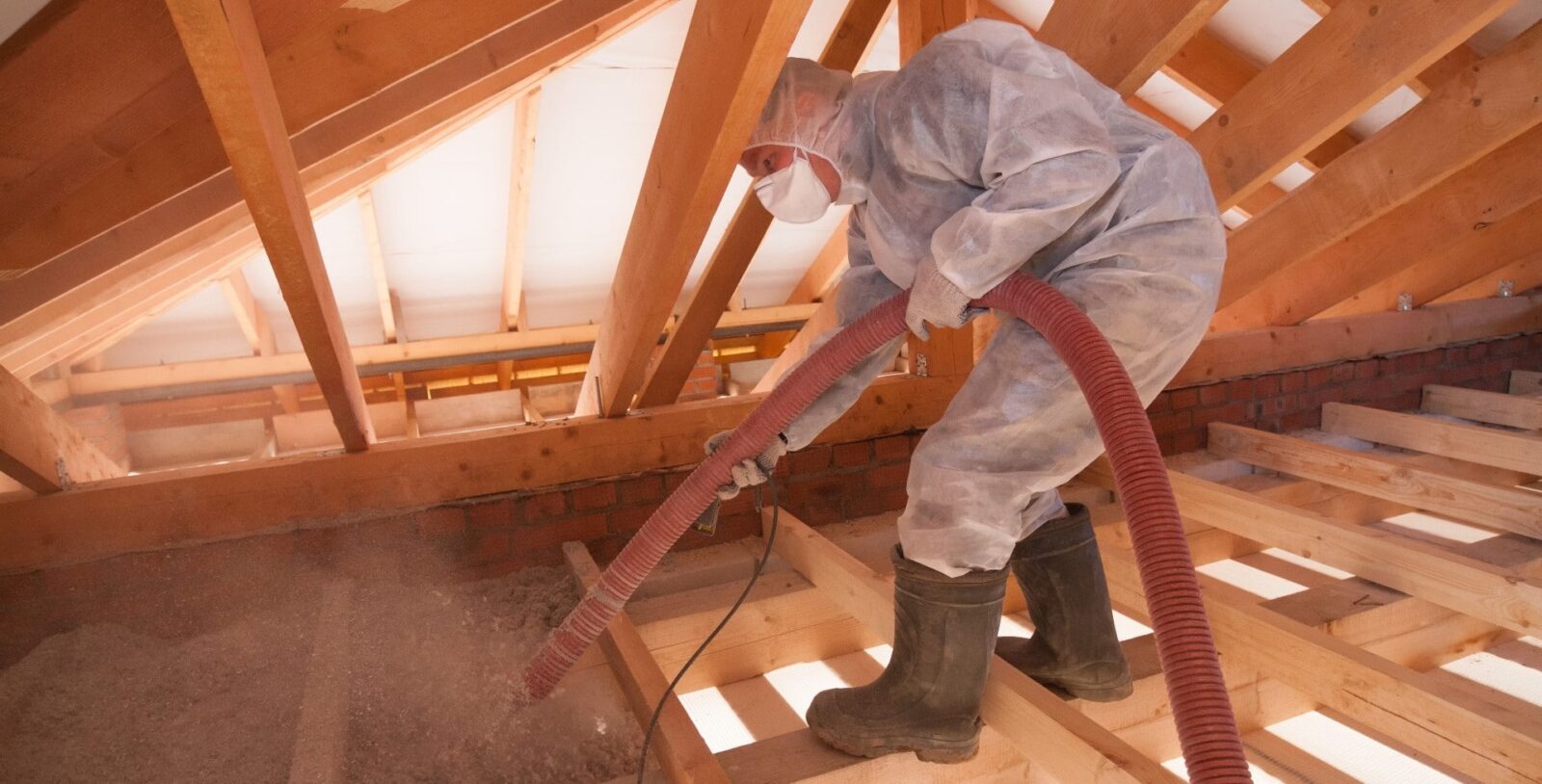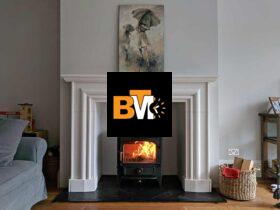Maintaining an energy-efficient home is more important than ever in today’s world. Not only does it help to reduce utility bills, but it also contributes to your home’s overall comfort and longevity. One of the most overlooked components that contribute to a home’s energy efficiency is the protective barrier that helps regulate temperatures and minimize energy loss. Over time, however, this system can wear out, allowing heat to escape in winter and cool air to leak during the summer. Without the proper barriers in place, your home could experience drafts, uncomfortable temperatures, and an increase in energy costs.
Knowing when it’s time to upgrade these protective systems is crucial for maintaining a comfortable living environment. If you’ve noticed some changes in your home’s comfort levels, or if your energy bills have been creeping up without an explanation, it might be time to take a closer look at these systems. This article will walk you through five signs that indicate your home’s protective systems may need an upgrade and why timely action can prevent costly repairs down the road.
By staying proactive and upgrading these crucial components, you can create a more comfortable, efficient, and secure home. Let’s dive into the signs that suggest it’s time to make that upgrade for your home’s well-being.
1. Rising Energy Costs
An increase in heating and cooling bills can often point to ineffective insulation. Its primary job is to keep indoor temperatures stable by trapping conditioned air and blocking outside heat or cold. Over time, however, the material may settle or deteriorate, reducing its ability to perform efficiently.
If you notice a sudden increase in energy bills, especially when no changes have been made to your usage, it’s worth considering that your insulation might be compromised. Evaluating your monthly utility statements will help determine if your home is losing energy due to insufficient coverage or aging materials.
2. Temperature Discrepancies Throughout the Home
Uneven temperatures across different rooms are another sign that your insulation isn’t functioning as it should. A lack of proper coverage can cause some areas to feel excessively hot in summer or too cold in winter. This typically occurs when the materials no longer block air effectively, resulting in heat transfer that affects indoor comfort.
If some rooms feel uncomfortable while others are just right, particularly spaces that lie directly beneath the attic area, your home’s energy barriers may need a refresh. The imbalance often points to gaps in coverage or areas that no longer provide the same level of protection, indicating that your roof and attic insulation may need an upgrade.
3. Drafts and Unwanted Airflow
One of the most noticeable signs of degraded protection is the presence of drafts. These air leaks are commonly found near the ceiling, around door frames, or in areas that connect to the roof. When the barrier becomes ineffective, outside air can freely enter the home while conditioned air escapes, causing your heating and cooling systems to work harder than necessary.
You can identify drafts by feeling air movement in certain areas of your home, particularly near the ceiling or corners of rooms. If you detect cold air in winter or warmth during summer, it’s a clear indication that the existing barriers need upgrading.
4. Water Damage or Staining
Visible water stains on ceilings, walls, or near the edges of the roof are concerning signs of underlying moisture issues. When insulation is compromised, moisture can accumulate in the attic space, leading to potential leaks or long-term water damage. Over time, this can cause structural damage, mold, and rot.
If you notice any signs of water stains or actual leaks, it’s crucial to assess your home’s protective barriers. A professional can help pinpoint the source of the problem and determine if the existing materials are allowing moisture to infiltrate your living space.
5. Ice Dams in Cold Weather
Ice dams are a common problem in homes with ineffective insulation. During winter, heat escaping from the home can cause snow to melt on the roof, but it refreezes at the edges, creating dangerous ice dams. These formations can lead to water back-ups, causing leaks and significant damage to roofing materials and gutters.
If you see ice dams forming along the edges of your roof during colder months, it’s a sign that your current insulation isn’t performing as it should. Upgrading can help prevent this issue from worsening in future winters.
Advantages of Upgrading Your Home’s Insulation
When you decide to enhance your attic and roof insulation, the benefits are immediate and long-term:
- Energy efficiency: Improved materials help keep your home at a comfortable temperature, cutting down on unnecessary heating and cooling costs.
- Increased comfort: Enhanced barriers provide more consistent temperatures throughout the house, eliminating drafts and cold spots.
- Protection from moisture: New materials prevent moisture buildup, minimizing the risk of water damage, mold, and rot.
- Environmental impact: By lowering your energy consumption, you’re reducing your carbon footprint, which benefits the planet.
- Property value: A more energy-efficient home is often more desirable to buyers, which can increase its market value.
When Is It Time for a Full Upgrade?
While some issues with airflow and temperature can be repaired without a complete overhaul, there are times when replacing the insulation entirely is the best option. If your existing materials are more than 10-15 years old, it may be time to consider an upgrade. Also, if your current barriers have been damaged by pests, moisture, or general wear and tear, a complete replacement might be necessary to restore efficiency.
Consulting a professional will help you understand whether an upgrade or just a repair is needed. They can evaluate the existing state of your home’s protection and recommend the most effective solution.
How to Upgrade Insulation Effectively
Upgrading the protective layers of your home typically involves several key steps:
- Evaluate the current system: Have a professional assess the condition of your existing materials to determine if an upgrade is necessary.
- Choose the right type of material: From fiberglass to spray foam, there are various insulation materials that can offer different benefits. Your choice will depend on factors like budget, climate, and the current state of your roof and attic.
- Remove damaged materials: Before adding new insulation, any old, damaged, or compromised material should be removed to make way for more effective coverage.
- Install new materials: The new barrier will be installed to ensure optimal coverage, filling in any gaps or spaces that were previously overlooked.
- Seal gaps: Air leaks are common around windows, doors, and vents. Sealing these areas ensures that your upgrade is as effective as possible.
Final Thoughts
Upgrading the protective barriers in your home is a wise investment that can provide both immediate and long-term benefits. From saving money on energy bills to preventing water damage, the advantages of proper protection cannot be overstated. If you notice any of the signs listed above, it’s time to contact a professional to assess and improve your home’s insulation.
At Charlotte A.C.E. Roofing, their team of experts is ready to help you evaluate and upgrade your attic and roof insulation to keep your home comfortable, secure, and energy-efficient. Don’t wait for higher energy costs or potential damage—take action now to ensure your home stays in top condition year-round.
By addressing these issues promptly, you’ll enjoy greater comfort, efficiency, and peace of mind for years to come.







Leave a Reply